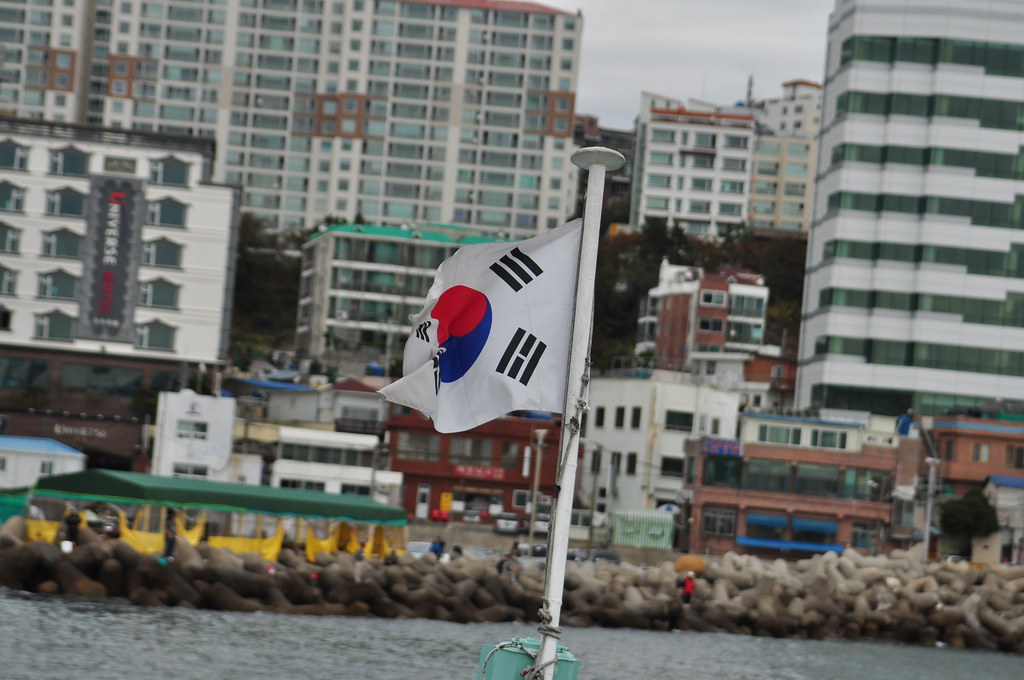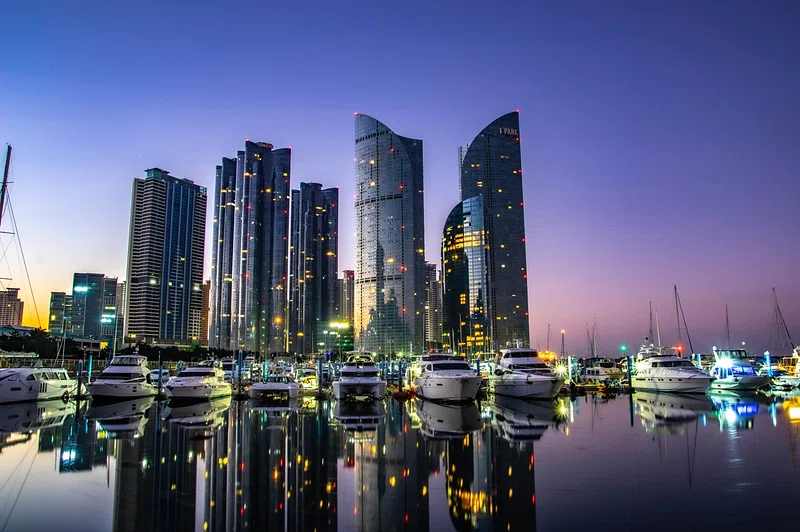By Matija Šerić
Giorgia Meloni called the bridge “an engineering symbol of global significance,” and she is right. The bridge has enormous importance not only for the Italian state but also for the European Union and the NATO alliance.
The importance of the bridge for Italy
Minister Salvini meticulously cited studies according to which the Messina Bridge could create 120,000 jobs annually, serving as a trigger for development in the economically struggling southern Italy. In addition to the €13.5 billion investment for the bridge itself, further millions are planned for modernizing ports, building access (high)ways and fast roads, improving logistics infrastructure, and developing industrial infrastructure in the region. All these investments would further strengthen southern Italy, a region desperately in need of investment.
This means that the bridge is not just a transport project, but also an important instrument for developing the Italian economy. More jobs and better transport links could, in the long run, reduce the large economic disparities between northern and southern Italy, which have deepened in recent years.
The importance of the bridge for the Collective West
The Messina Bridge has an importance for the EU and NATO that many observers underestimate. The Italian government has stated its intention to classify the bridge as a military (defense) project. This would help Italy reach defense spending of five percent of its GDP. NATO member states are required to achieve five percent defense and security spending by 2035 — a decision imposed by Donald Trump at the organization’s Hague summit in June. Until recently, the obligation was to spend two percent of GDP on defense.
According to NATO, the decision was made due to “the illegal Russian annexation of Crimea and the broader instability in the Middle East.”
Official Rome sees the Messina Bridge not only as a transport link, but also as a key strategic asset for defense and security. The bridge would enable the rapid transfer of military units and equipment to the southern parts of NATO (Sicily, Greece, Turkey, the Balearic Islands) and to Malta (a NATO partner), thus increasing the military strength of NATO’s southern flank and the security of the Mediterranean region. Sicily could become a military fortress of the alliance.
Although the Messina Bridge in itself cannot directly prevent illegal entries into the EU and NATO, it can significantly contribute to border security and monitoring. By connecting the Italian mainland and Sicily, it would allow for the establishment of checkpoints, making illegal crossings between the mainland and the island more difficult. The bridge could also be equipped with modern cameras, sensors, and other monitoring technologies, further strengthening Italy’s ability to protect the EU’s and NATO’s borders. In case of illegal crossings, security forces — including police and carabinieri — could respond quickly, increasing the chances of preventing or arresting individuals attempting to cross the bridge or its surroundings unlawfully.
Video presentation of the bridge
Opponents of the bridge raise numerous objections
As usual, before the construction of any major infrastructure project, some groups of citizens in Sicily and the rest of Italy oppose the construction. On Saturday, August 9, large protests were held in the city of Messina, gathering around 10,000 demonstrators. Protesters pointed out that about 500 families would have to be relocated due to construction.
Various environmental organizations have lodged complaints with Brussels, expressing concerns that the project could negatively impact migratory birds. They emphasize that environmental impact studies have not proven that the project is a public imperative and that any potential environmental damage would not be compensated. Although environmental groups voice concerns, conducted studies show that the project will include all necessary measures for environmental protection and preservation of migratory bird habitats. Experts point out that it is possible to minimize environmental impact without compromising public interests.
Some oppose the bridge out of fear that it could strengthen the Sicilian mafia, which might use the bridge for easier transport of illegal goods such as drugs, smuggled weapons, counterfeit money, and other prohibited materials. In response, proponents of the construction point out that the bridge would be subject to strict monitoring protocols and would allow for the installation of checkpoints, cameras, and sensors, making any illegal use significantly more difficult. Moreover, the arrival of Italian law enforcement to Sicily would be facilitated — not to the mafia’s advantage.
Certain groups are against the bridge because southern Italy is seismically active, and there are real possibilities of stronger earthquakes. The company Webuild responds that suspension bridges are structurally more resistant to earthquakes, noting that similar bridges have already been built in seismically active areas, including Turkey, Japan, and California. Opponents also cite wind and corrosion as problems, but these too are challenges that can be addressed through sustainable construction.
Despite imperfections, the bridge is a welcome investment
All in all, the Messina Bridge could be an excellent development primarily for Italy, and indirectly for the EU and NATO. Southern Italy would be economically strengthened, and NATO’s southern flank would become more secure — especially considering the unstable situation in Libya, the Holy Land, Syria, and other parts of North Africa and the Middle East.
A slight disturbance to the flora and fauna in the area around the bridge, as well as other changes brought by the construction, such as the relocation of some families, is a price that can be mitigated through sustainable development principles.
In any case, the bridge is an infrastructure project welcomed by all who wish well for Italy and the Collective West. And there are quite a few (both state and non-state actors) who wish harm to the EU and NATO, so it is not surprising that their true motives might be hiding under the guise of environmental protection.








